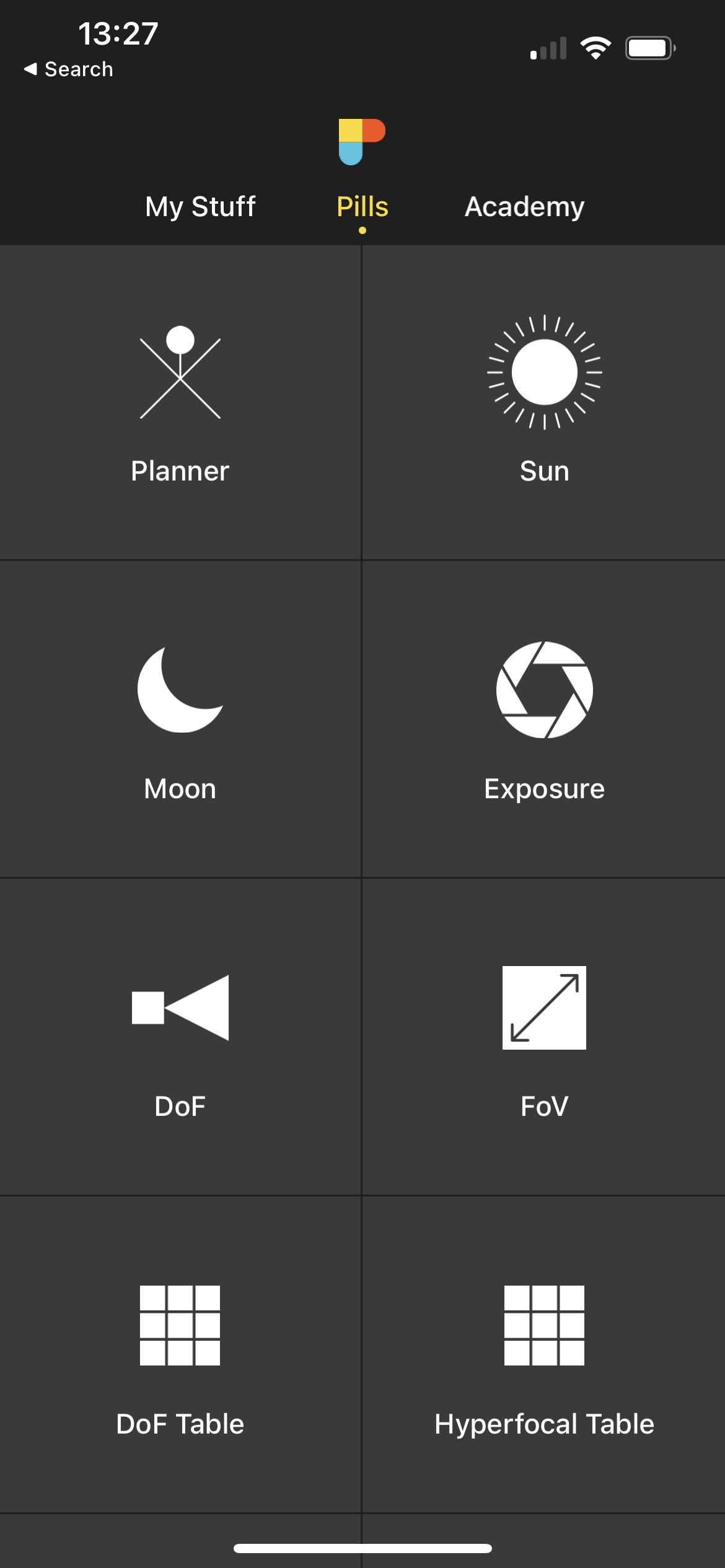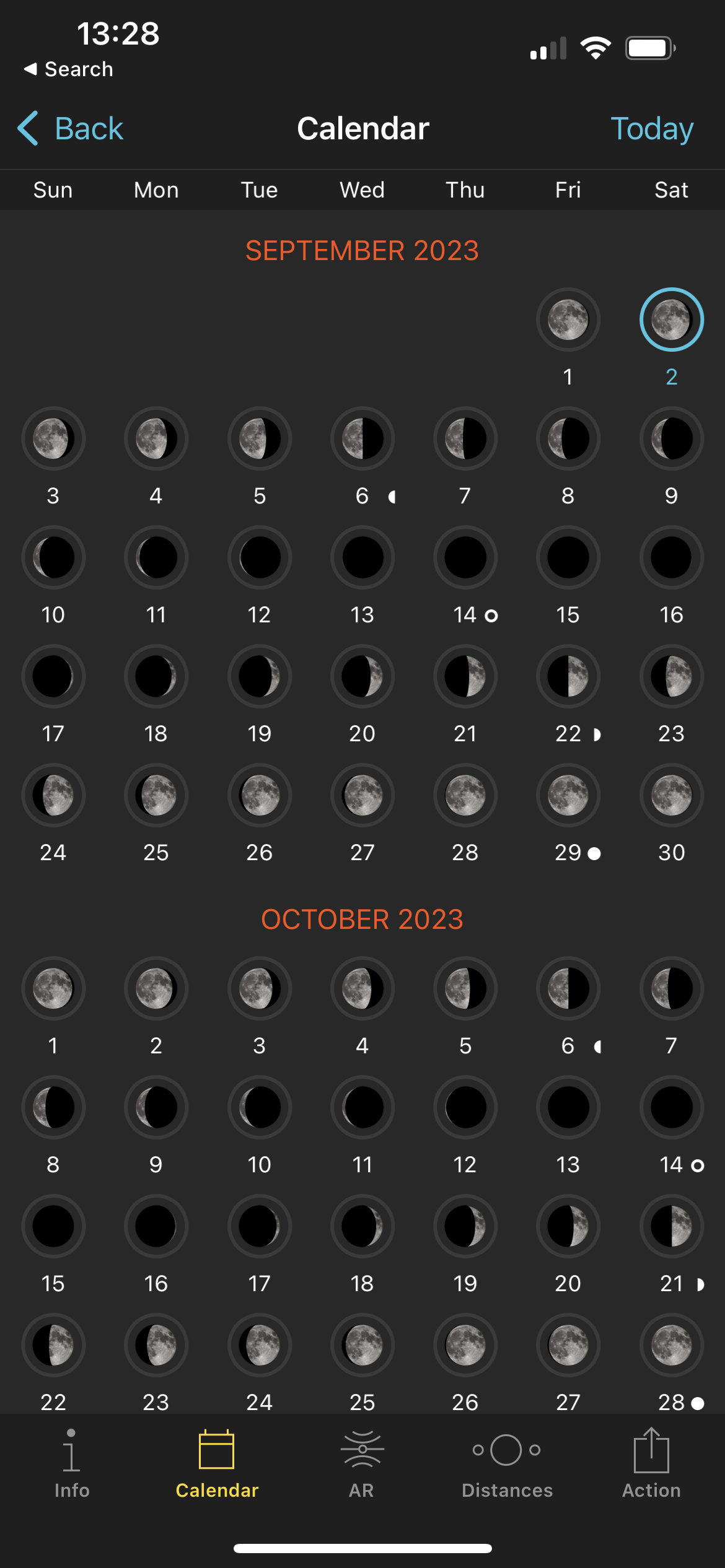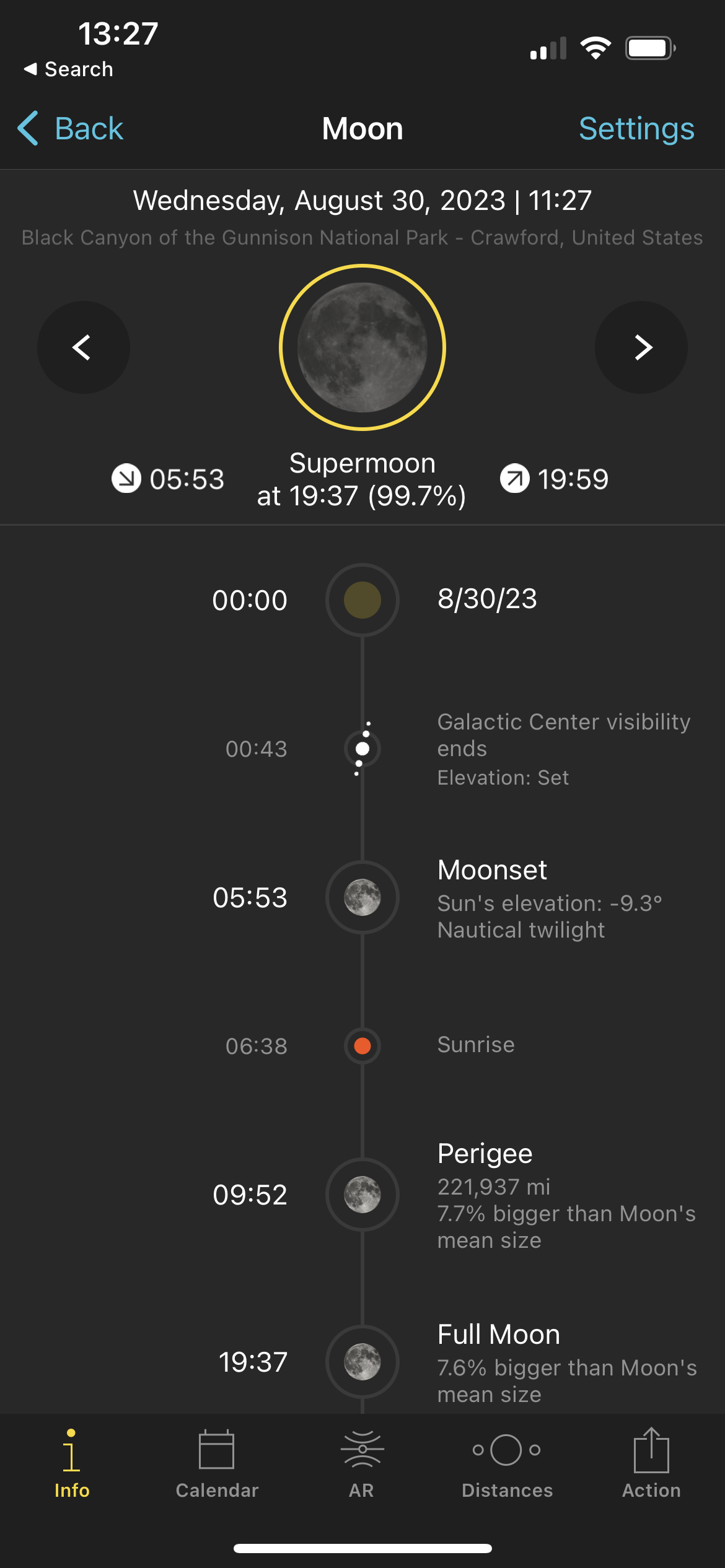5 Essential Tips for Stunning Moon Photography
Last night marked a thrilling milestone for me - my inaugural attempt at capturing the breathtaking beauty of a full Supermoon through my camera lens. At least, that was the plan until Hurricane Idalia put a damper on it.
Luckily for me, the stars aligned, granting me a second chance the following evening to photograph a slightly waning moon. To the naked eye, it appeared to be full. With clear skies and a cool breeze, the stage was set for an enchanting experience.
Here are five things I wish I knew before heading out to photograph the full Moon.
1) Optimal Exposure for Radiant Moonlit Shots
Shooting the Moon, unlike other forms of astrophotography, does not require the same settings—no need for high ISO and wide apertures. The Moon reflects the light of the Sun, so it is pretty bright. Especially when compared to the stars.
2) Check the Forecast
It is very important to know the weather conditions the week you are planning to shoot. If you plan to rent a lens way in advance, like I did, make sure the rental company has a good cancellation policy. Nothing worse than renting a lens a month in advance, only to have a hurricane roll in the week of your shoot.
3) Embrace Adaptability and Serendipity
Another piece of advice is to always be prepared for anything. For instance, during my photography session, I noticed that a plane was flying in front of the moon. This would’ve been a great shot, but unfortunately, I wasn’t prepared to take it so I lucked out and missed a great shot.
So, you need always to be aware of objects crossing the Moon's path. Utilize a tripod, manual focus, and an attentive eye to capture the key moments.
4) Intimate Knowledge of Camera Equipment
The next thing I wish I would have thought of is to be very familiar with all the equipment you are shooting with. I rented a Sony 200-600mm telephoto lens for the occasion, a lens I have only used once before. Unfortunately, I was unfamiliar with using zoom lenses that do not have a set aperture.
This turned out to be a non-factor since the brightness of the moon allows for shooting at lower apertures, BUT it did throw me for a loop when I saw the F-stop changing at each focal length. Another snag was shooting with a Peak Design Tripod.
While this is a great tripod, it is not meant for large lenses. This caused the camera to slowly shake after being agitated. Luckily, I was using a fast shutter speed and the Earth moves slowly in comparison to the Moon.
5) Location Scouting and Moon Phases
The last thing I wish I knew was the importance of scouting and understanding the phases of the Moon, prior to going out to shoot. In my defense, my entire plan went out the window when the storm rolled in but I still wish I knew.
While a full moon (Supermoon, even!) is very beautiful on its own a good photo is much more intriguing if you have an awesome subject behind it. Composition is key.
This takes planning. So make sure you scout out your location AND the position of the Moon, in advance. I use the app called PhotoPills for determining the position of the Moon at certain times. Any app which allows you to see where the Moon will be within your environment.
Bonus Tip: Sharing the Moonlit Experience
My last tip, is to make sure you experience the full Moon with someone special. Whether it be a photographer friend, someone who has never seen a full Moon or that special person of yours -- make it a special experience.





